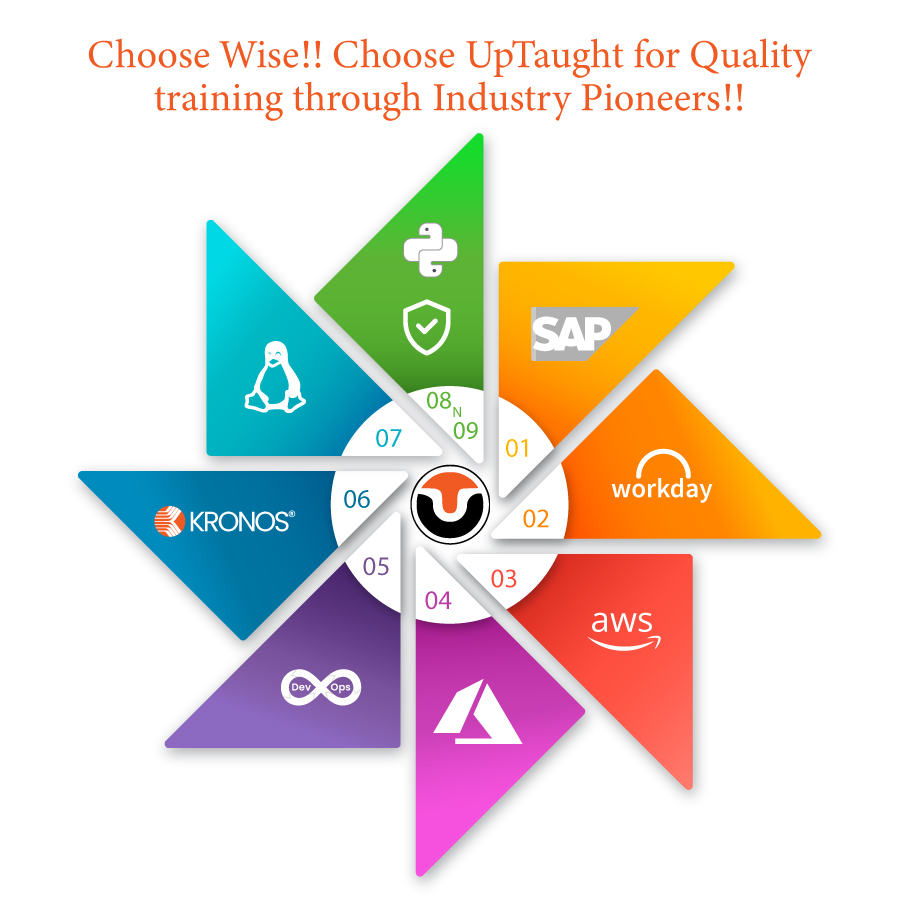Every business’s most crucial and critical component is finance. SAP FICO assists businesses in improving their financial management. Its goal is to achieve flawless financial management. Using manpower to oversee all aspects of financial accounting is time-consuming, demanding, and difficult. Sap FI module relieves personnel stress by better handling a company’s financial and accounting obligations, as well as allowing them to evaluate the company’s financial position in real-time. These are the reasons why the SAP FI module has become the most popular and successful module in enterprises.
The FI module is made up of several components:
- Accounts Receivable
- Accounts Payable
- Asset Accounting
- Account Consolidation
Table of Contents
Accounts receivable
Accounts receivable is the amount of money owed to a corporation for goods or services delivered or used but not yet paid for by customers. On the balance sheet, accounts receivables are current assets. Any sum owing by clients for purchases made on credit is referred to as Accounts receivable (AR).
Overdue bills or money owing by consumers are referred to as accounts receivable. Accounts that a company is entitled to receive as a result of supplying a product or service are referred to as accounts payable. Accounts receivables, or receivables, are a sort of credit that a company gives to its clients, with terms that often require payment within a short period of time.
Click here to learn more
Accounts Payable
The money owing to vendors or suppliers for products or services acquired on credit is referred to as Accounts Payable (AP). On a company’s balance sheet, the sum of any and all outstanding payments owed to its suppliers is reported as the balance of accounts payable, but the cash flow statement will show the growth or reduction in total AP from the previous period.
To protect your cash and assets and avoid paying for erroneous invoices, pay close attention to your AP expenses and establish internal controls. It’s critical to keep an orderly and well-run accounts payable process in order to stay on top of the impact AP has on your bottom line.
Asset Accounting:
Asset Accounting, often known as sub-ledger accounting, is an important part of the SAP financial accounting (SAP FICO) module. Asset Accounting (FI-AA) is an SAP module that manages and supervises an organization’s fixed assets. The primary goal of asset accounting is to determine the exact values of a company’s fixed assets at any given time.
Want to learn more? Click here
Account consolidation
Account consolidation solutions allow you to group or consolidate business unit account balances for online review and reporting, as long as the balances are in the same currency and all of the organizations follow the same fiscal date pattern.
Conclusion:
That’s all for today. If you want to enroll with UpTaught, Visit our website, and you will get more information regarding the SAP FICO Certification.
Keep learning!





